20 Natural Wonders That Stay Off Most Travel Guides
There are countless stunning natural wonders around the world, but some remain hidden from the typical tourist trail. These unique destinations offer breathtaking landscapes, rare wildlife, and awe-inspiring beauty, yet they are often overlooked by mainstream travel guides. From remote islands to remote caves, these hidden gems provide an unforgettable experience for those seeking adventure beyond the usual attractions. Whether it’s a glowing river or a desert that sparkles, these wonders are far from ordinary. They remain untouched by mass tourism, preserving their natural charm.
This post may contain affiliate links, which helps keep this content free. Please read our disclosure for more info.
Lake Natron, Tanzania
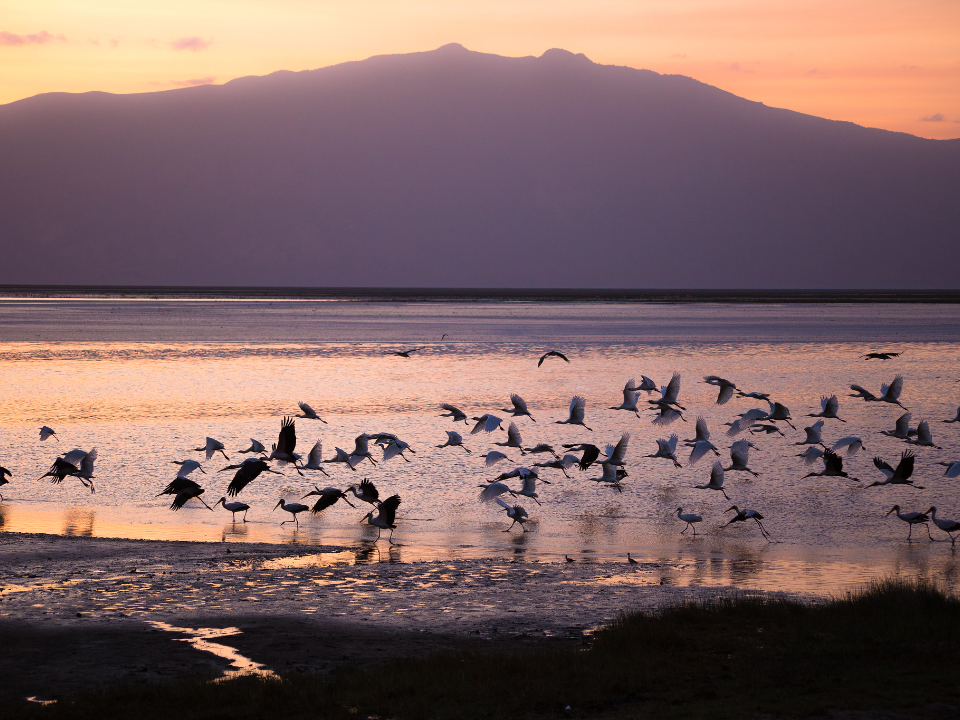
Lake Natron is a strikingly unique body of water located in northern Tanzania. The lake is known for its deep red color, caused by the high levels of salt and minerals present in the water. Its harsh environment makes it inhospitable to most life forms, yet it is a breeding ground for lesser flamingos, whose vibrant pink feathers contrast beautifully with the lake’s reddish hue. The area is often overlooked by tourists due to its remote location and extreme conditions, but it offers a truly surreal experience for those willing to venture into the wilds of Africa.
The lake’s salty environment is highly caustic, creating an eerie yet fascinating landscape. The surrounding region is home to jagged volcanic rocks and hot springs, adding to the desolate beauty of the area. Visitors are rarely seen due to the difficulty of accessing the lake, making it an untouched destination for those seeking solitude and natural wonder.
The Door to Hell, Turkmenistan
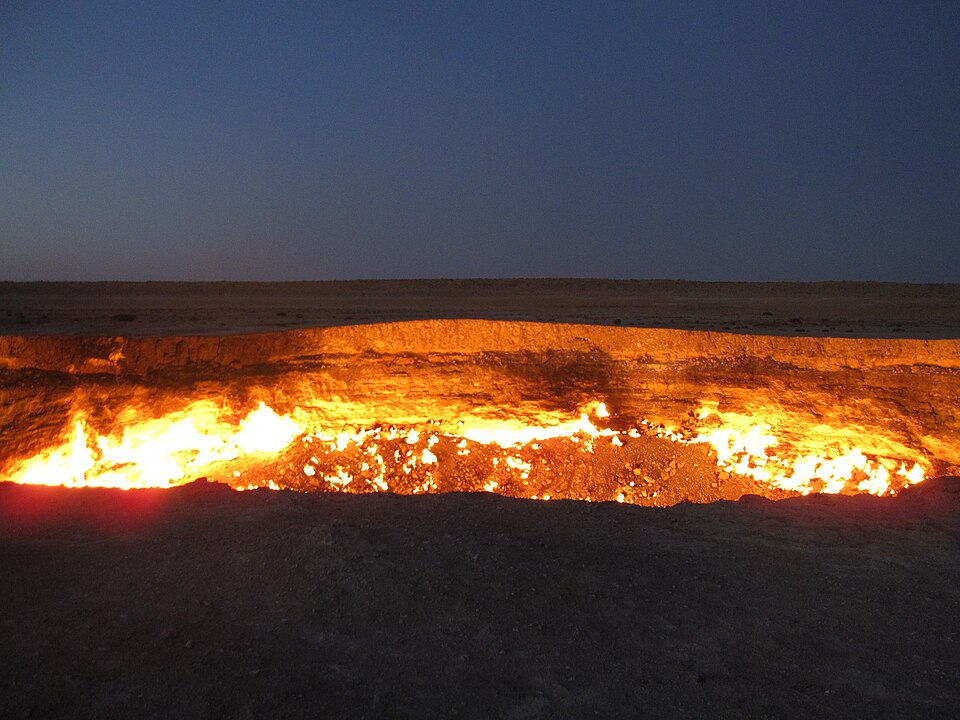
The Door to Hell is a natural gas field in Turkmenistan that has been burning continuously since 1971. When Soviet geologists drilled into the ground, they inadvertently created a massive collapse, leading to the formation of a large crater. To prevent the spread of methane gas, they decided to set the site on fire, hoping it would burn out within a few weeks. However, decades later, the fire still rages on, creating an otherworldly spectacle. While not widely known, the Door to Hell has gained a cult following among those adventurous enough to seek it out in Turkmenistan’s desert landscape.
The site is both beautiful and dangerous, offering a glimpse into the raw power of nature. The bright orange and red flames that continuously rise from the crater are mesmerizing, particularly at night when the glow lights up the surrounding desert. Despite its captivating appearance, the site remains off the beaten path for many travelers due to its remote location and the difficulty of reaching it.
Aysén River, Chile
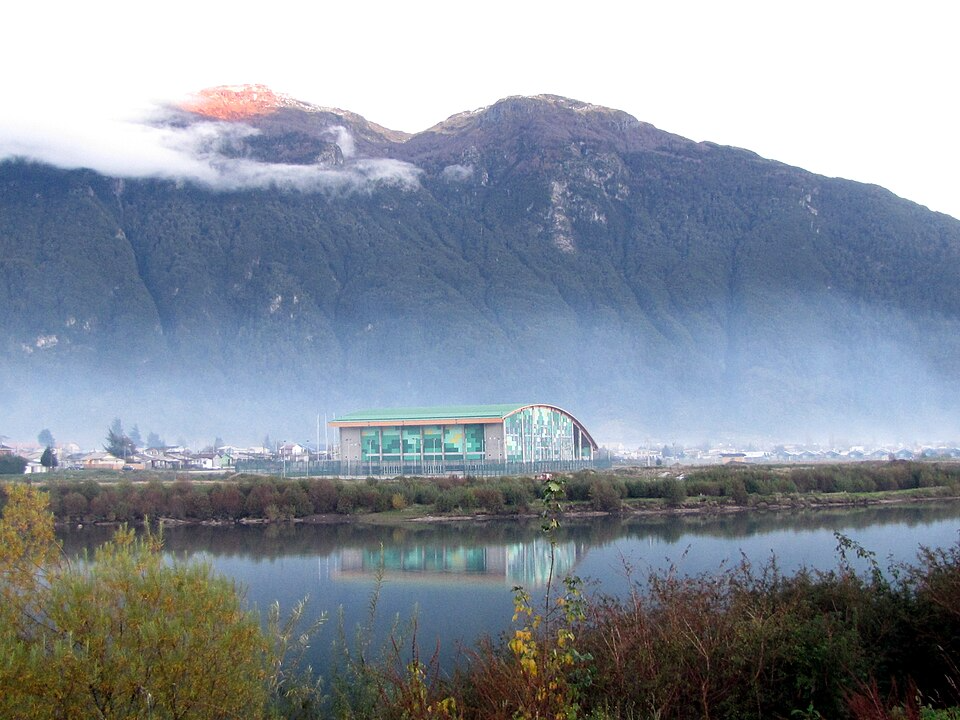
The Aysén River, located in southern Chile, flows through one of the most pristine and remote regions of the country. This untouched river is known for its stunning turquoise waters, which are caused by the high concentration of glacial silt. The surrounding landscape features dense forests, snow-capped mountains, and waterfalls, making it an ideal destination for nature lovers and photographers. Despite its beauty, the Aysén River is rarely featured in travel guides due to the difficulty of accessing the area and the lack of commercial infrastructure.
The river runs through Chile’s Patagonia region, a vast, untamed wilderness that is home to unique wildlife and plant species. Aysén offers adventurers a chance to explore the region by kayaking, rafting, or hiking along its shores. The area’s isolation and rugged terrain make it a hidden gem, attracting only the most dedicated travelers.
The Waitomo Caves, New Zealand
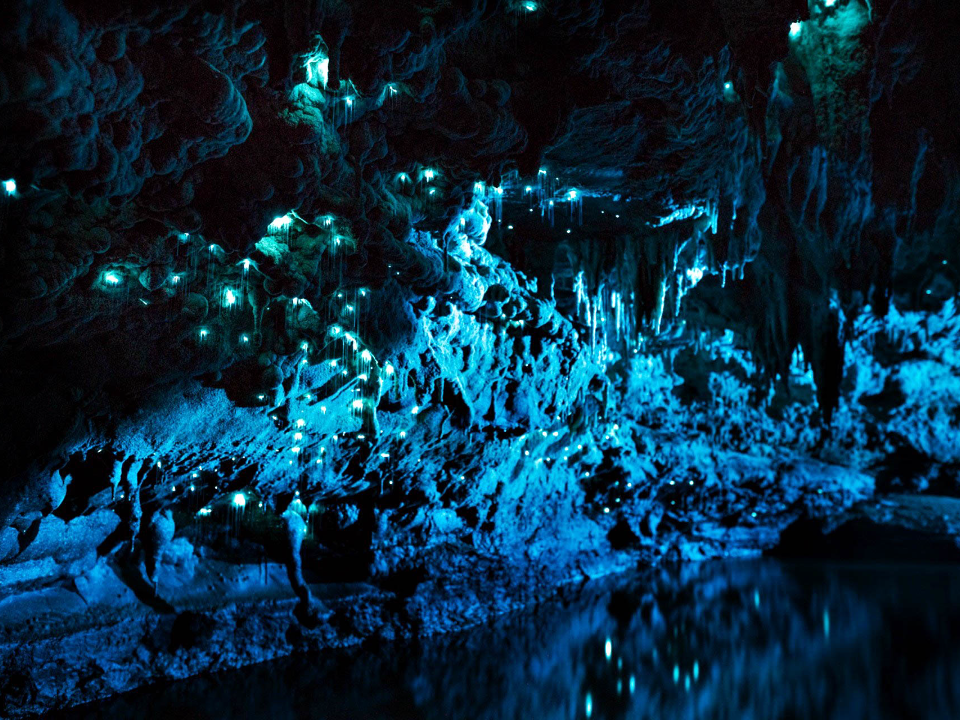
The Waitomo Caves are a network of limestone caves located on the North Island of New Zealand. These caves are famous for their glowing bioluminescent worms, which light up the cave ceilings, creating a surreal and enchanting atmosphere. While the caves have become a popular tourist attraction, many visitors overlook the full extent of the cave system, which includes stunning underground rivers, stalactites, and stalagmites. Despite being somewhat known, the caves remain a hidden treasure for those seeking a more intimate exploration of New Zealand’s natural wonders.
In addition to the bioluminescent worms, the Waitomo Caves are home to diverse geological formations that are millions of years old. Guided tours allow visitors to traverse the cave system by foot or boat, offering a truly otherworldly experience. However, with the crowds centered around the most famous parts of the caves, other sections of the Waitomo Caves remain less explored, offering solitude and natural beauty for those willing to venture beyond the main pathways.
The Marble Caves, Chile
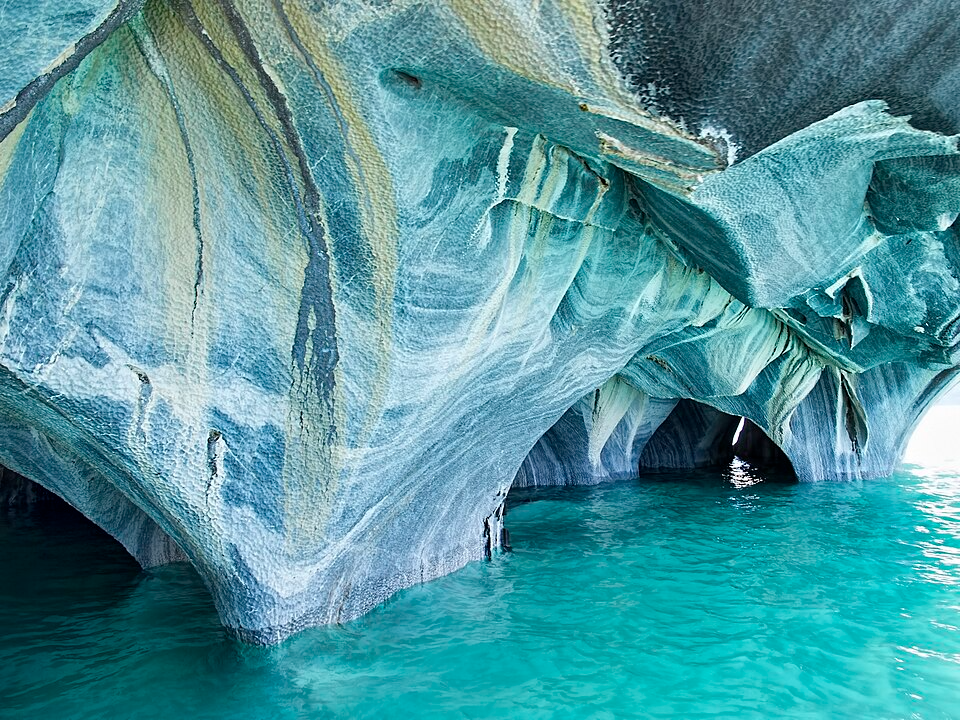
The Marble Caves, located in the Patagonian region of Chile, are an extraordinary natural wonder formed by the erosion of calcium carbonate over thousands of years. The caves are situated on Lake General Carrera, and their mesmerizing blue and turquoise walls create a vibrant and surreal landscape. Despite their breathtaking beauty, the Marble Caves are often overlooked by travelers, due to their remote location and the difficulty of accessing the area.
The caves are only accessible by boat, and visitors must navigate the lake’s pristine waters to reach them. Once there, the intricate patterns of the marble walls, shaped by the water, reveal stunning colors and textures that change depending on the time of day. The quiet, isolated environment of the Marble Caves makes it a peaceful and awe-inspiring destination for those who appreciate nature’s ability to create stunning beauty in unexpected places.
Tsingy de Bemaraha, Madagascar
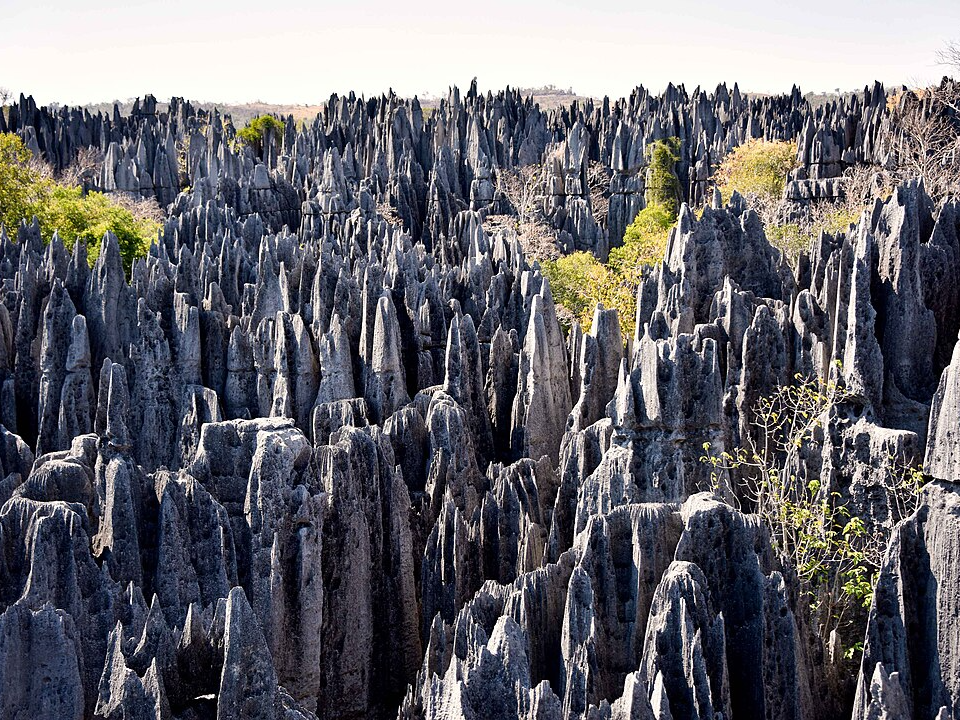
Tsingy de Bemaraha is a UNESCO World Heritage site located in western Madagascar. This unique limestone formation is known for its sharp, needle-like rock formations that create a jagged landscape unlike any other on Earth. The word “Tsingy” translates to “where one cannot walk barefoot,” reflecting the dangerous and rugged terrain that makes the area so distinctive. The park is home to rare and endemic wildlife, including lemurs, birds, and unique plants. Though it is a protected area, Tsingy de Bemaraha remains a hidden treasure for many travelers due to its remote location and challenging terrain.
In addition to its unusual rock formations, the area offers incredible opportunities for hiking, climbing, and caving, with various guided tours available to help navigate the park’s tough terrain. The Tsingy is best explored by those seeking adventure and an immersive experience in Madagascar’s unique natural environment. Its relative inaccessibility keeps it off most mainstream travel itineraries, allowing only the most dedicated adventurers to witness this stunning geological marvel.
Socotra Island, Yemen
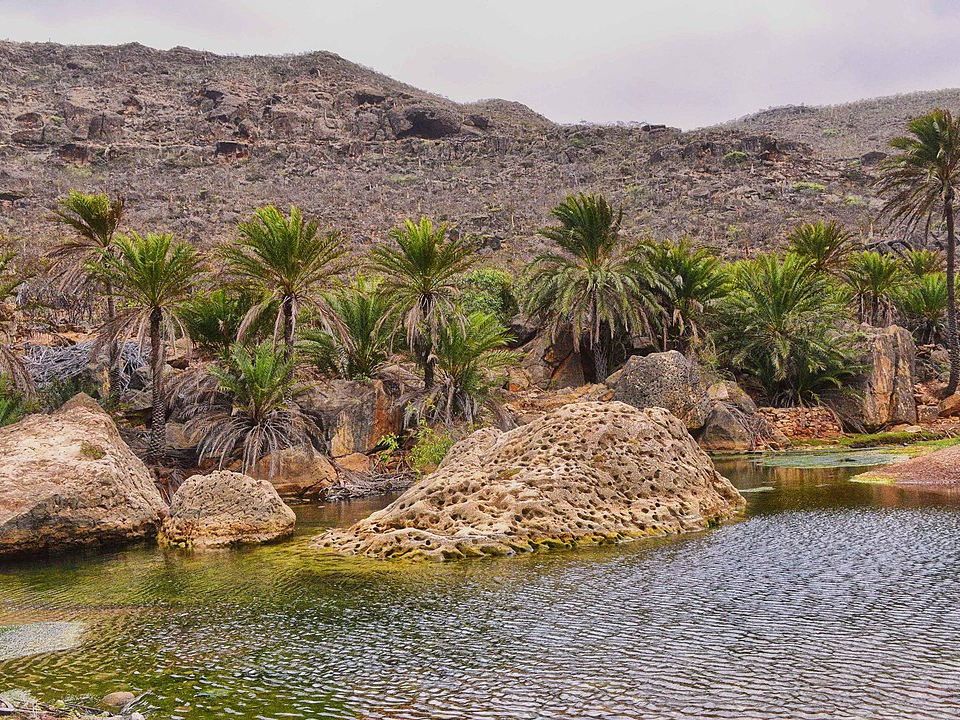
Socotra Island, located off the coast of Yemen, is often described as the most alien-like place on Earth. The island is home to an astonishing number of endemic species, including the dragon’s blood tree, which has a distinctive umbrella shape and produces red sap. Socotra’s remote location in the Arabian Sea has kept it relatively untouched by human activity, preserving its unique biodiversity and pristine landscapes. Despite its extraordinary natural beauty, Socotra remains off the radar for most travelers due to its political instability and lack of infrastructure.
The island’s isolation has made it a haven for rare plant and animal life, many of which cannot be found anywhere else in the world. Socotra offers a truly unique travel experience, with dramatic cliffs, sandy beaches, and crystal-clear waters that are perfect for exploring by boat or on foot. The island remains an undiscovered paradise for nature enthusiasts and those willing to embrace its challenges to access its beauty.
The White Desert, India
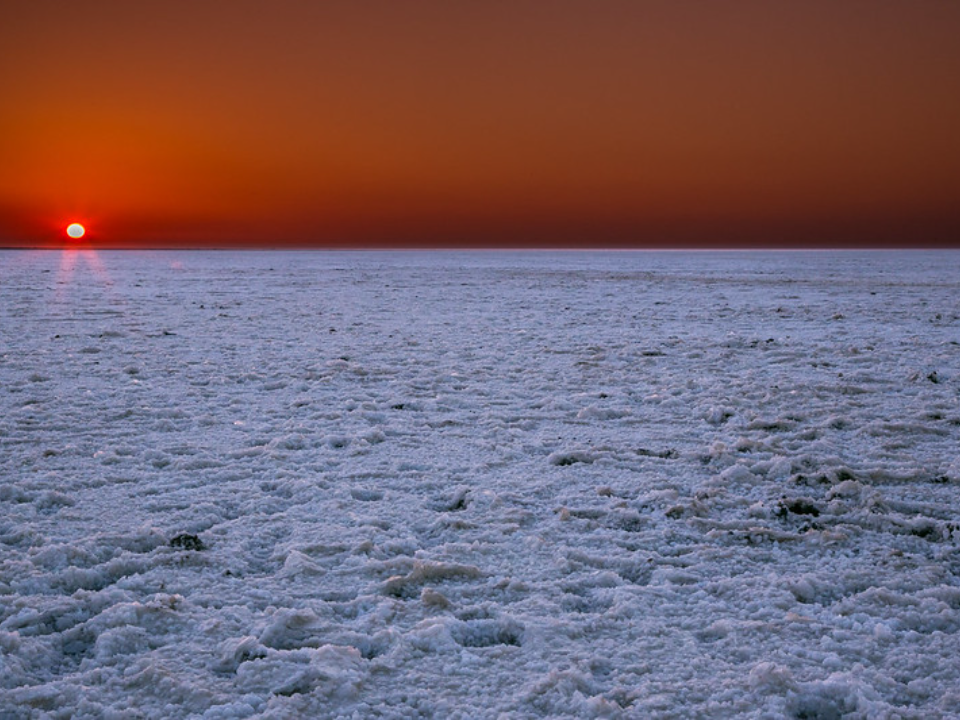
The White Desert, or Rann of Kutch, is located in the northwestern part of India. This vast salt marsh transforms into a shimmering white expanse during the dry season, creating an almost otherworldly landscape. The Rann of Kutch is home to a variety of wildlife, including the endangered Indian wild ass, and offers cultural experiences, particularly during the Rann Utsav festival. Despite its beauty, the White Desert is often overlooked by travelers due to its remote location and lack of mainstream tourism infrastructure.
During the festival, visitors can experience the vibrant culture of Gujarat, with traditional music, dance, and crafts. The desert’s desolate, yet stunning, scenery makes it a photographer’s dream, with the vastness of the salt flats providing a surreal backdrop to the colorful festivals. While it remains relatively hidden, the White Desert is slowly gaining recognition as an extraordinary destination for those seeking adventure and cultural immersion.
Wulingyuan Scenic Area, China
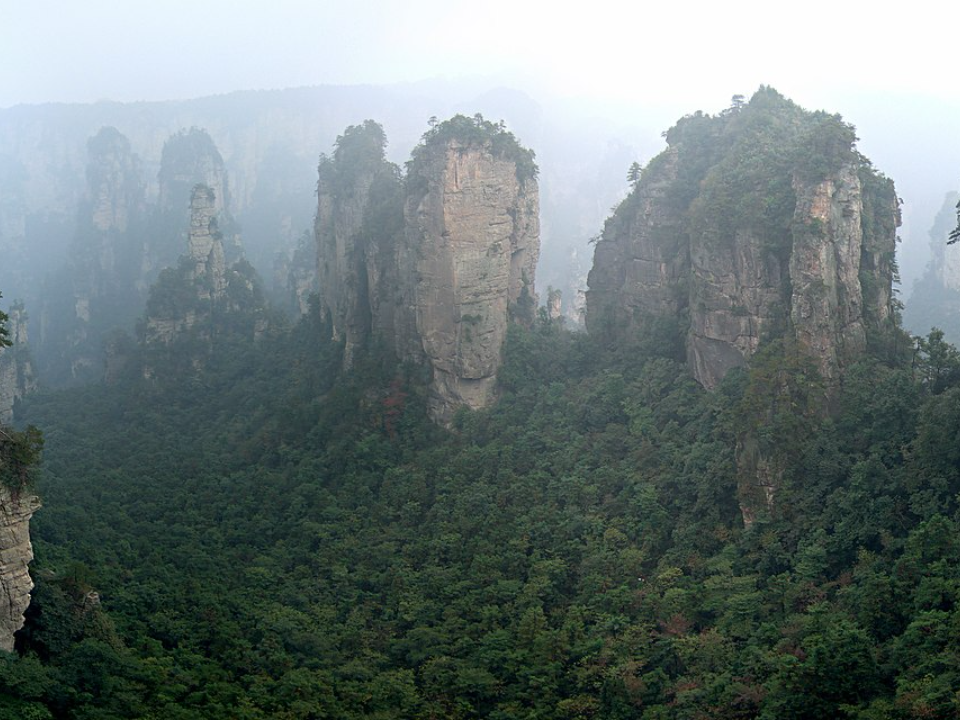
The Wulingyuan Scenic Area in China is a UNESCO World Heritage site renowned for its dramatic sandstone pillars, deep ravines, and lush forests. The area is most famous for the Zhangjiajie National Forest Park, which served as the inspiration for the floating mountains in the movie Avatar. While Wulingyuan is known to some, it remains less popular compared to other Chinese tourist hotspots, primarily due to its remote location and the challenges of accessing the area. Visitors to Wulingyuan are treated to breathtaking views, with over 3,000 sandstone pillars that rise up from the forest floor, creating a truly magical landscape.
In addition to its natural beauty, Wulingyuan offers a range of activities, including hiking, cable car rides, and exploring ancient temples hidden among the peaks. The area is also home to diverse wildlife, including rare bird species and monkeys. The combination of natural wonder and cultural heritage makes Wulingyuan a destination that appeals to both nature lovers and history enthusiasts. Despite being a UNESCO site, its relative isolation keeps it off most mainstream travel guides.
Mount Roraima, Venezuela/Brazil/Guyana
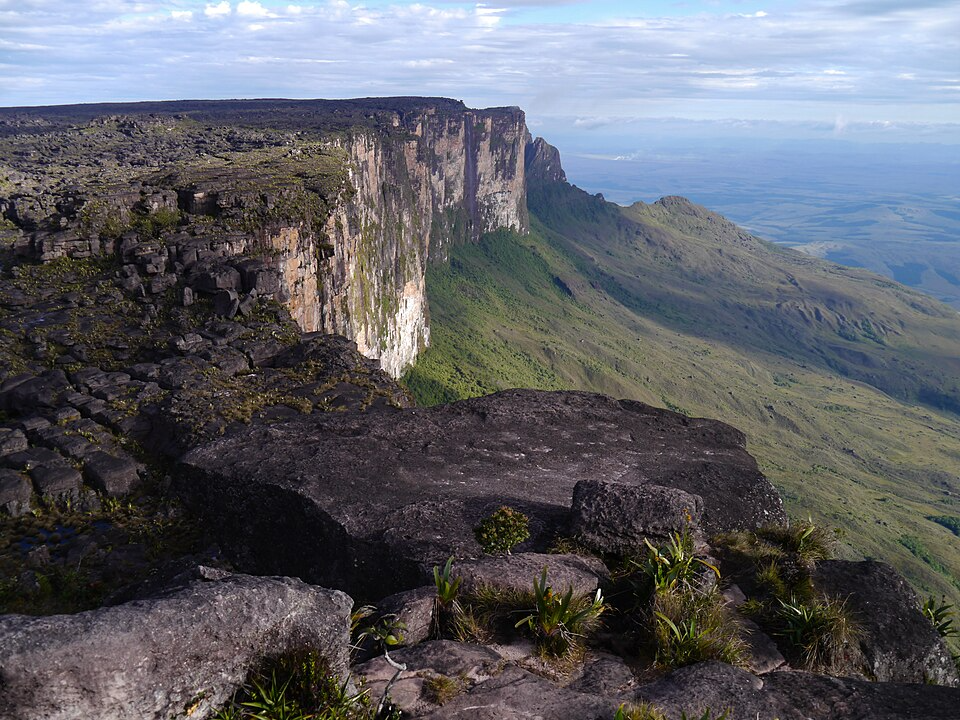
Mount Roraima is one of the most iconic natural wonders in South America, rising high above the surrounding jungle in Venezuela, Brazil, and Guyana. This tabletop mountain, often referred to as a “floating island,” is one of the oldest geological formations on Earth. Its flat summit is shrouded in mist and is home to a unique ecosystem, with plants and animals found nowhere else on the planet. The mountain’s distinct shape and remote location make it a hidden gem for those seeking an adventurous, off-the-beaten-path experience. Despite being an important part of South American geography, Mount Roraima is still relatively unknown to many travelers due to its isolation and the challenging treks required to reach it.
The journey to the summit involves a strenuous multi-day hike, making it a destination best suited for seasoned adventurers. The trek takes visitors through dense forests, across rivers, and up steep slopes before reaching the base of the mountain. Once at the top, travelers are rewarded with views of bizarre rock formations, unique flora, and waterfalls that cascade from the cliffs. Mount Roraima’s isolation and challenging accessibility keep it off most popular itineraries, but for those who make the effort, it offers an unforgettable adventure.
Gangkhar Puensum, Bhutan
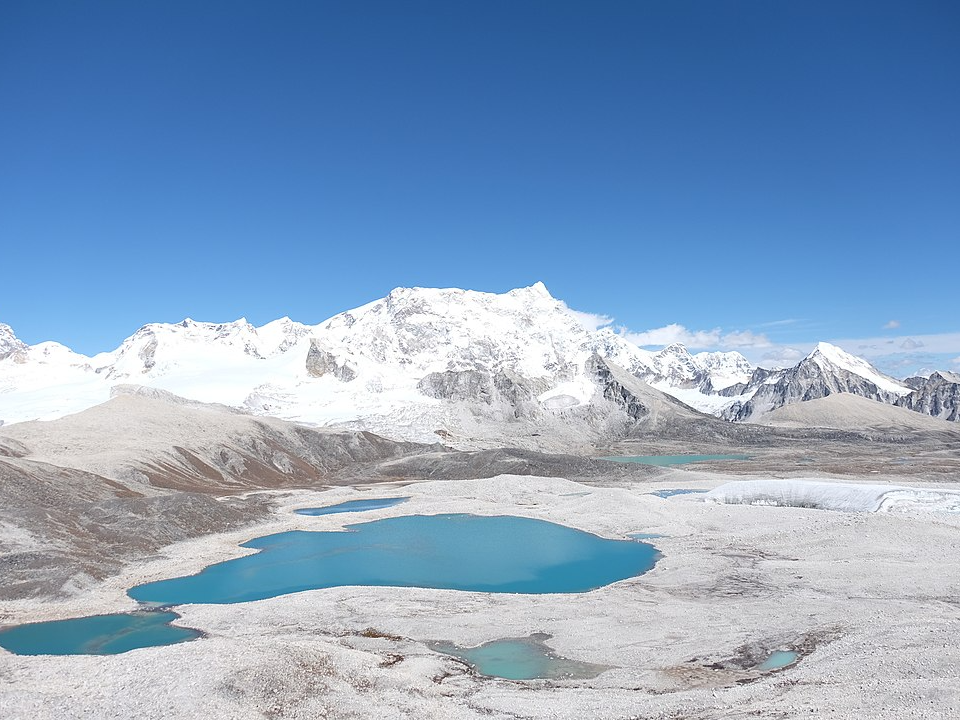
Gangkhar Puensum is the highest peak in Bhutan and remains one of the most sacred mountains in the world. Standing at 7,570 meters (24,836 feet), it is considered unclimbed due to a government ban on climbing the mountain in respect of its spiritual significance. Its remote location in the eastern Himalayas ensures that it remains largely untouched by tourism. The mountain is enveloped in a thick layer of clouds for much of the year, giving it an ethereal appearance that adds to its allure. Despite its majesty, Gangkhar Puensum is not well-known outside of mountaineering circles due to its religious status and difficult access.
Visitors to Bhutan may be able to catch glimpses of the mountain while trekking through the surrounding landscapes, which are dotted with monasteries and villages. The surrounding region offers beautiful views of rolling hills, forests, and rivers, making it a tranquil retreat for those seeking serenity and spirituality.
The Pinnacles Desert, Australia
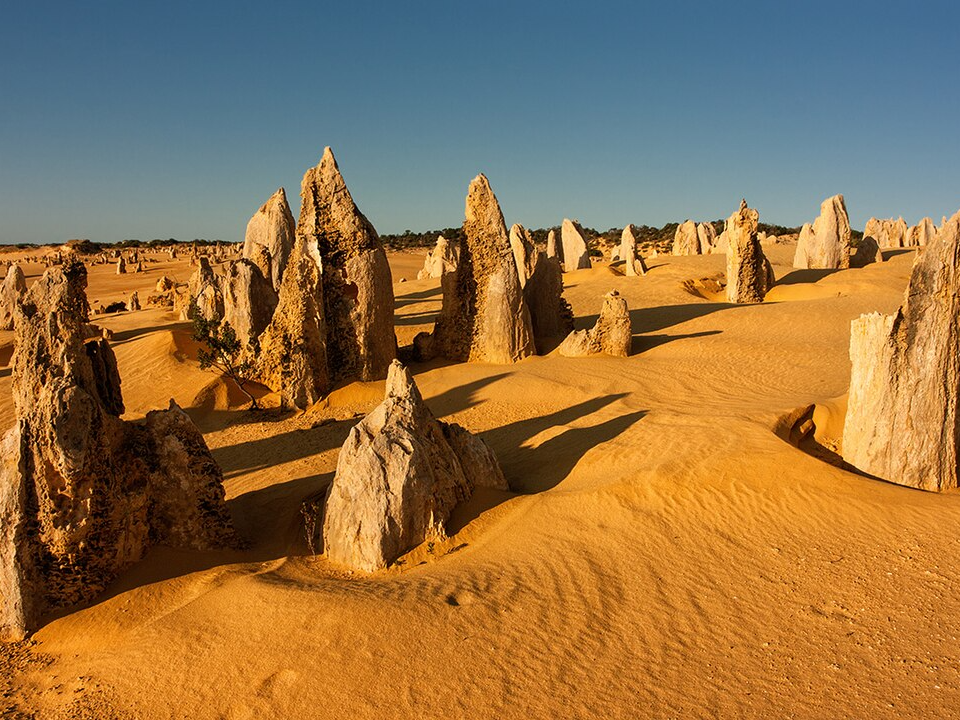
The Pinnacles Desert, located in Western Australia, features thousands of limestone spires that rise dramatically from the golden sand. These unusual formations were created over millions of years through the erosion of the surrounding soil. While the Pinnacles are a striking sight, they are often overlooked by tourists who flock to more popular Australian destinations. The desert’s rugged landscape provides an almost otherworldly atmosphere, with the spires casting long shadows at sunset, creating a stunning visual display.
The Pinnacles Desert is part of Nambung National Park, which also offers hiking and wildlife viewing opportunities. Despite being in a country with many famous landmarks, the Pinnacles Desert remains a hidden gem that offers solitude and natural beauty far away from the crowds.
Mount Etna, Italy
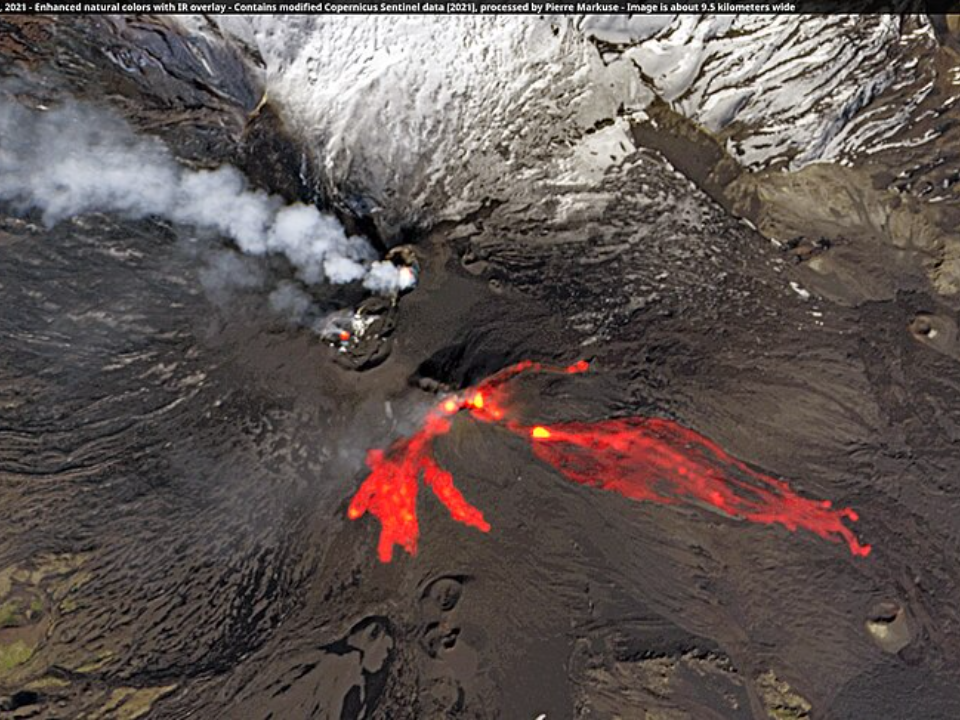
Mount Etna is one of the world’s most active volcanoes, located on the eastern coast of Sicily, Italy. With eruptions occurring frequently, it is both a fascinating and dangerous natural wonder. While it has become somewhat known for its volcanic activity, it is often overshadowed by other famous Italian attractions like Rome and Venice. Its eruptions shape the surrounding landscape, leaving behind lava fields, craters, and fertile soil. The mountain’s snow-capped peaks contrast beautifully with the dry, rocky terrain below, creating an awe-inspiring visual display.
Despite its activity, Mount Etna is a popular destination for hikers, offering trails that take visitors through its slopes to witness the volcano’s craters up close. The surrounding vineyards and olive groves also make for a peaceful experience in contrast to the volcano’s powerful force.
Bohol Chocolate Hills, Philippines
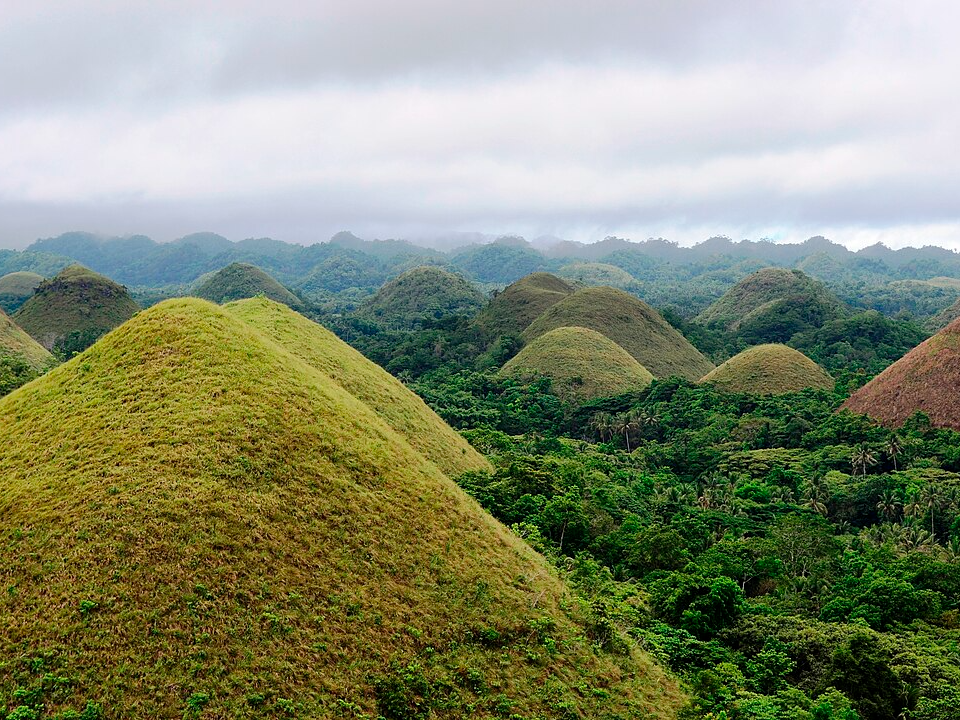
The Chocolate Hills of Bohol are a unique geological formation consisting of over 1,200 conical hills spread across the island. During the dry season, the grass that covers the hills turns brown, giving the landscape its distinctive chocolate-like appearance. The Chocolate Hills are an iconic feature of the island, yet many visitors to the Philippines overlook them in favor of more well-known spots like Palawan. The area is surrounded by lush vegetation and offers panoramic views from the top of a viewing platform.
Local legends surround the formation of the hills, adding to the mystery and intrigue of the landscape. For those seeking a quiet escape, the hills are a peaceful and beautiful destination that remains largely uncrowded.
Jeita Grotto, Lebanon
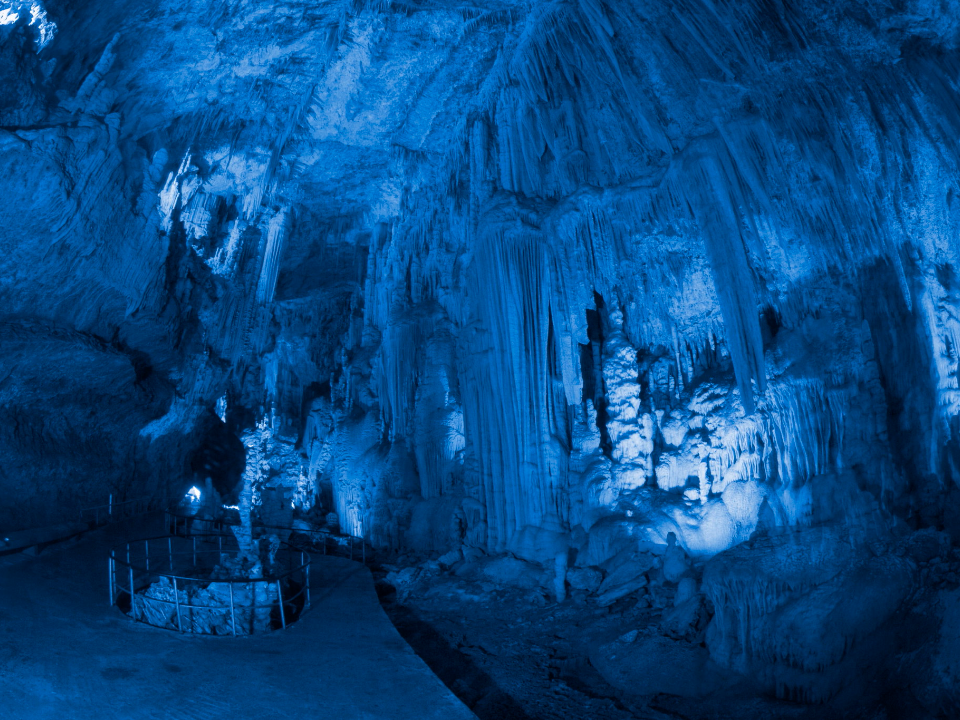
Jeita Grotto is a series of limestone caves located in Lebanon, with stunning stalactites and stalagmites that have been formed over millions of years. These caves are divided into two sections: the upper grotto, which is accessible by foot, and the lower grotto, which can only be explored by boat. Jeita Grotto remains an incredible natural wonder, yet it is not widely known outside of the Middle East due to the region’s political instability and its relatively secluded location.
Visitors to Jeita Grotto are treated to a mesmerizing underground experience, with crystal-clear waters and dramatic formations. The grotto has earned a place as a finalist in the New7Wonders of Nature, yet it remains a hidden gem, awaiting further recognition on the global stage.
Lake Baikal, Russia
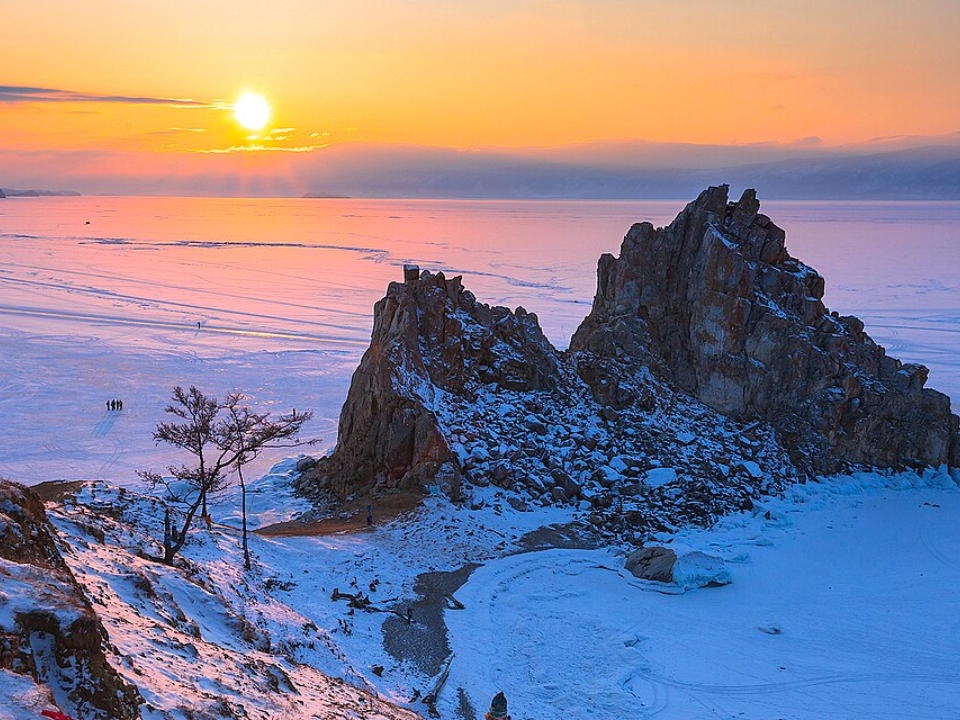
Lake Baikal is the deepest freshwater lake in the world, located in Siberia, Russia. The lake is known for its stunning natural beauty and unique biodiversity, housing many species that are found nowhere else on Earth. Despite its extraordinary significance, Lake Baikal is often overlooked in favor of Russia’s more famous landmarks. Its crystal-clear waters and pristine environment offer a perfect setting for outdoor activities, from hiking along its shores to winter ice fishing.
Lake Baikal is also home to remote villages that maintain traditional ways of life, making it an ideal destination for those seeking cultural immersion. With the harsh climate and isolation, Baikal remains a relatively quiet destination for travelers, ensuring its natural beauty is preserved for those willing to explore off the beaten path.
Mount Rinjani, Indonesia
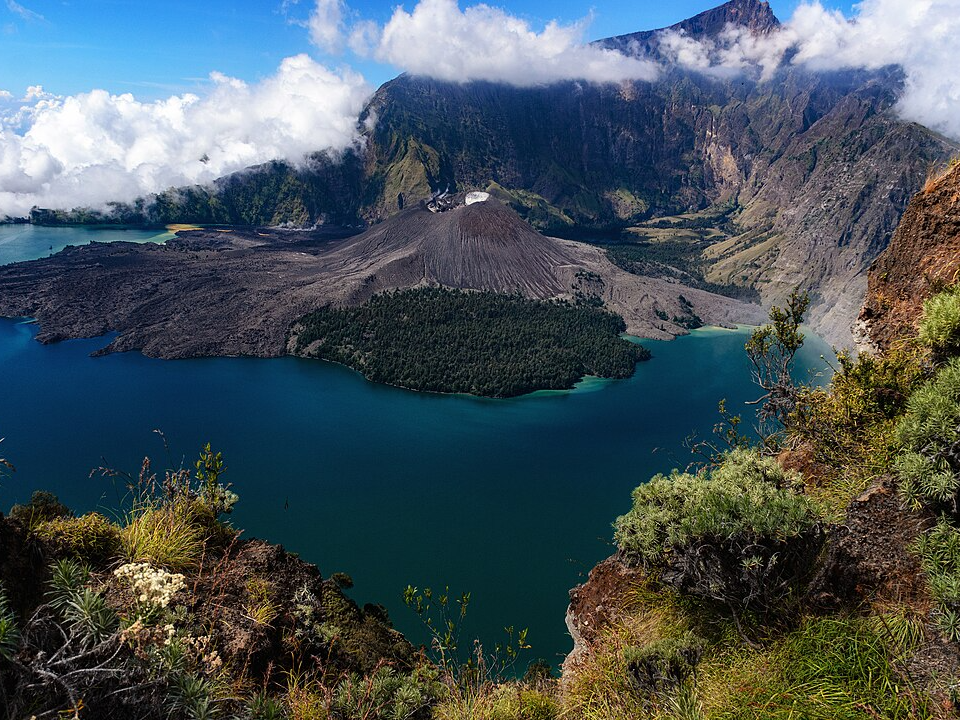
Mount Rinjani is an active stratovolcano located on the island of Lombok, Indonesia. The mountain is famous for its stunning crater lake, Segara Anak, which sits at an elevation of 2,000 meters. Though Rinjani attracts some trekkers, it remains far less crowded than other famous Indonesian volcanoes like Mount Bromo. The trek to the summit offers breathtaking views of the surrounding landscape, with dense forests, waterfalls, and hot springs along the way.
Climbing Mount Rinjani is a challenging yet rewarding experience, as visitors are treated to one of the most beautiful vistas in Southeast Asia. Despite its beauty, the difficulty of the climb keeps it off the radar of most casual tourists, making it a hidden gem for adventure seekers.
The Valley of Flowers, India
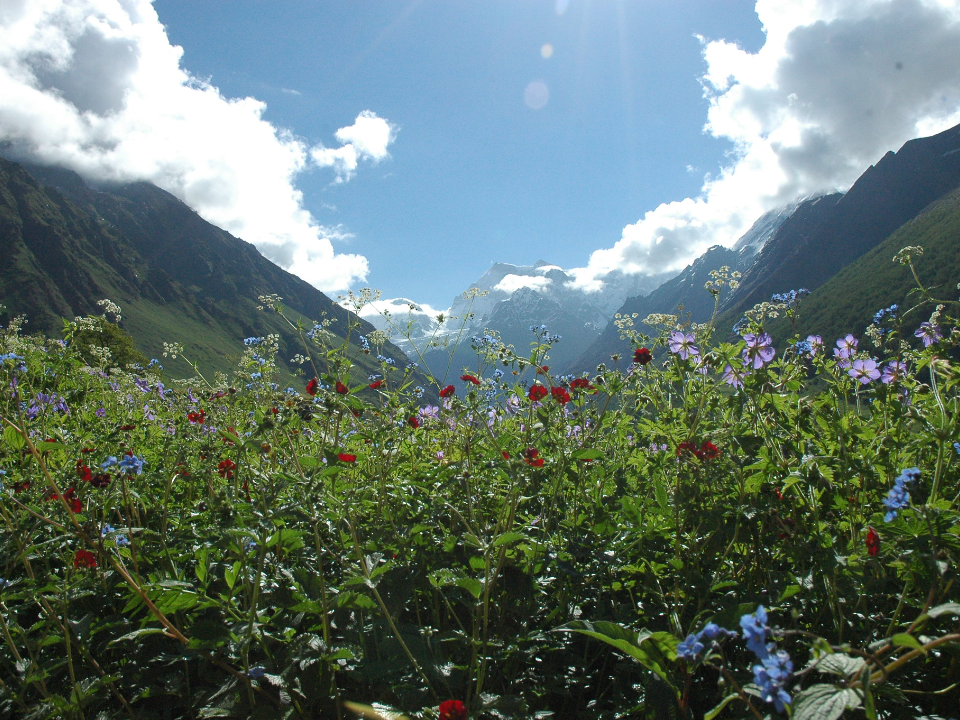
The Valley of Flowers is a UNESCO World Heritage site located in the Indian Himalayas. This stunning national park is home to a vibrant collection of alpine flowers that bloom in a stunning array of colors each summer. Despite its breathtaking beauty, the Valley of Flowers is often overshadowed by India’s more popular tourist destinations like the Taj Mahal or Kerala. The park is accessible only through a long trek, making it an ideal destination for nature lovers seeking solitude and scenic views.
The valley is home to a diverse range of flora and fauna, including several endangered species. For those willing to make the trek, the Valley of Flowers offers an unforgettable experience, with lush meadows and towering peaks creating a picture-perfect landscape.
The Alvord Desert, Oregon, USA
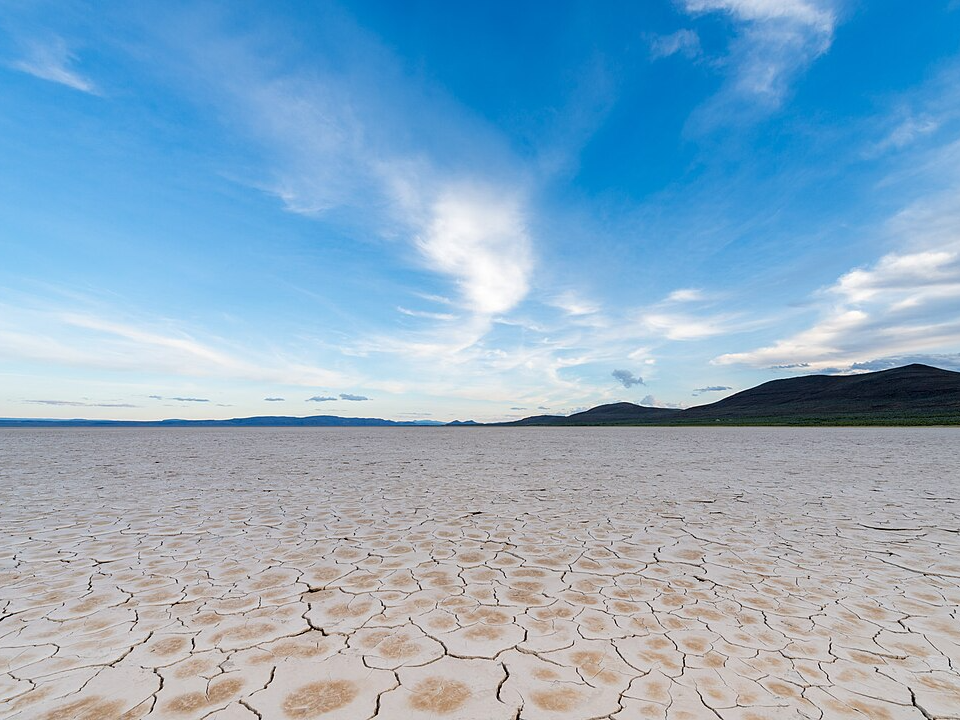
The Alvord Desert, located in southeastern Oregon, is a vast, arid landscape that stretches across nearly 12,000 acres. This dry lakebed is known for its striking salt flats and the stark beauty of the surrounding mountains. While the desert is not widely known, it is a popular spot for stargazing and solitude, offering an incredibly quiet atmosphere. The dry, cracked earth and vast open skies create a dramatic scene that contrasts with the hustle and bustle of everyday life.
The Alvord Desert is a place where visitors can connect with nature in its most raw form, surrounded by the vastness of the landscape. Its remote location and lack of commercial development make it a perfect destination for those seeking a quiet retreat, away from the crowds.
White Sands National Park, New Mexico, USA
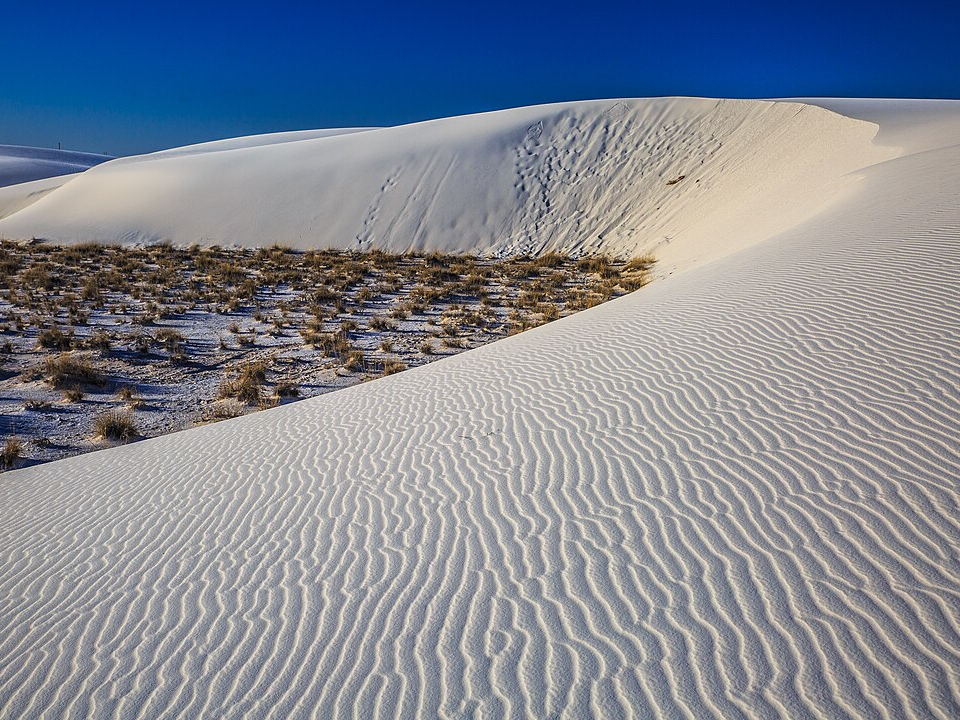
White Sands National Park is a unique natural wonder located in southern New Mexico, USA. The park is home to the world’s largest gypsum sand dune field, stretching across 275 square miles of pristine white sand. Despite being one of the most unique landscapes in the world, White Sands often gets overlooked in favor of other national parks like Yosemite or the Grand Canyon. The striking contrast of the white dunes against the deep blue sky offers a surreal and almost alien-like experience.
The dunes are constantly shifting due to the winds, creating new formations each day. Visitors can explore the park by foot, bike, or on the scenic loop road, making it an ideal location for outdoor enthusiasts. While it remains relatively under the radar, White Sands offers one of the most peaceful and beautiful landscapes in the United States.
This article originally appeared on Avocadu.
